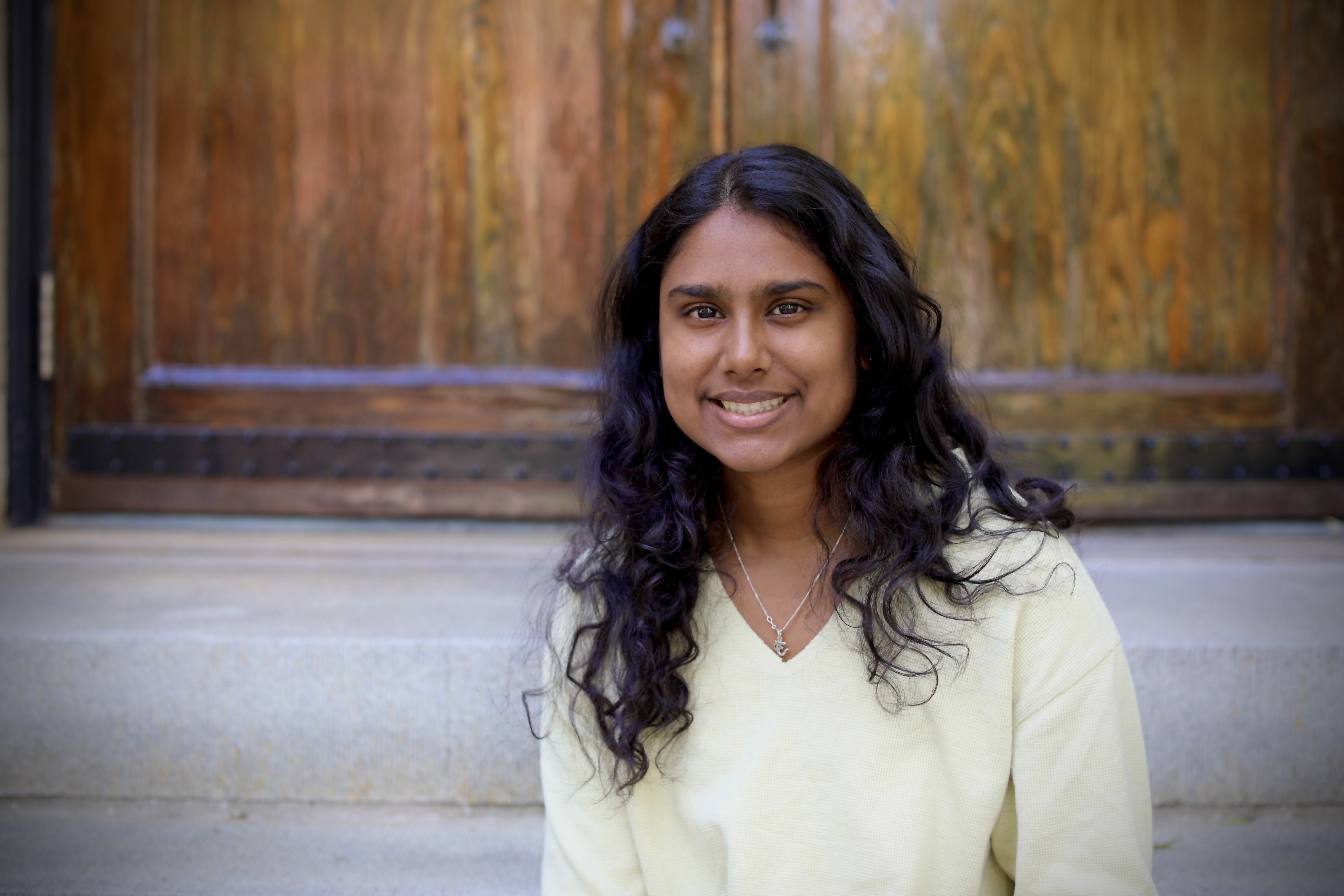Bioinformatics, Computational and Systems Biology
(B-41) Python Agent-Based Modeling to Investigate Neural Rosette Formation

Andre L. Jin
Graduate Student
Georgia Institute of Technology
Atlanta, Georgia, United States
Melissa L. Kemp
Professor
Georgia Institute of Technology
Atlanta, Georgia, United States- SK
Siya Kannan
Undergraduate Student
Georgia Institute of Technology
Watkinsville
Co-Author(s)
Primary Investigator(s)
Presenting Author(s)
Materials and Methods::
Here, we employ a custom Python agent-based modeling to demonstrate how discrete agents, representing individual neural stem cells, interact spatially to self-organize into neural rosette patterns. We use quantitative radial organization patterns and cell polarity models to develop context-dependent agent rules in order to simulate neural rosette formation in-vivo. Each agent is represented as an elliptical object with the ability to orient its axes according to neighboring cell properties. Although nuclei are not explicitly modeled, rules dictating the shift in major and minor ellipsoid axes during cell division recapitulate the cyclic elongation and rounding of the cellular agents associated with INM.
Results, Conclusions, and Discussions::
Our model is designed to investigate how the spatial location of an agent predicts radial organization into neural rosettes. Literature-derived data characterizing the velocity and angular orientation of pluripotent cells during the initial stages of morphogenesis into multicellular rosettes are leveraged in evaluating the computational outcomes and informing agent rules.
The increasing use of neural rosettes as in vitro platforms for toxicological screening motivates computational exploration of mechanisms underlying coordination and disruption of morphogenesis. Although INM has been proposed to drive neural rosette formation by facilitating apical constriction, our simulations are designed to test the hierarchy of additional biophysical contributors to this multicellular process.
Acknowledgements (Optional): :
References (Optional): :
Harding, Molly et al. The roles and regulation of multicellular rosette structures during morphogenesis. The Company of Biologists 2-14
Hana Hříbková, et al. Calcium signaling mediated five types of cell morphological changes to form neural rosettes. Journal of Cell Science. Volume 131, Issue 3. 12 February 2018.
Ziv, Omer et al. Quantitative Live Imaging of Human Embryonic Stem Cell Derived Neural Rosettes Reveals Structure-FunctionDynamics Coupled to Cortical Development. PLOS Computational Biology. 16 October 2015
